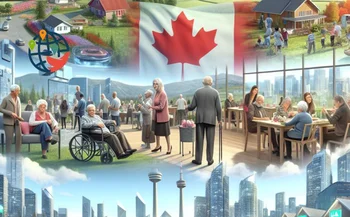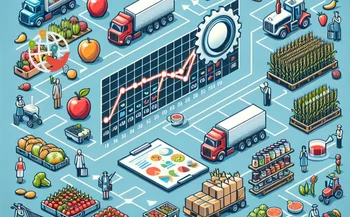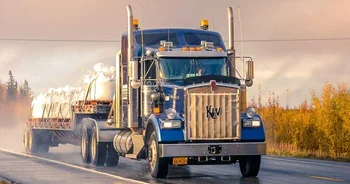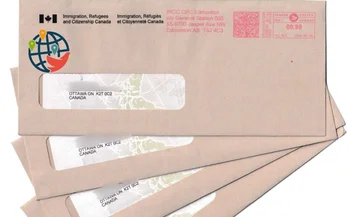Changes in all immigration programs
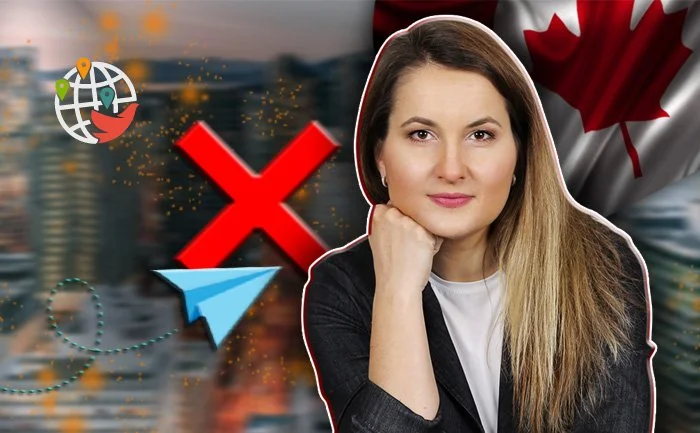
November 16, 2022 – remember this date because on this day immigration to Canada will change.
On November 16, Canada will transit to the new National Occupational Classification, NOC. If you don't know what is it, I'll explain a bit later. This transition will entail changes in all immigration programs because the occupational requirements will be updated. In fact, the new NOC was developed last year, but since everything in Canada is done quite slowly, the transition has been delayed.
What is NOC
I'll begin with what is NOC and how is it connected with immigration. As I said before, the NOC is Canada's National Occupational Classification. There's a code for each occupation. In the old version, NOC 2016, it was a four-digit code, in the new one, NOC 2021, it is five-digit. For example, if you're a truck driver, your profession corresponds to one code, and if you're a software developer, then to another code, and so on.
The occupational classification is actually convenient. There is a description for each code, it lists possible variations of the profession name, such as trucker and transport truck driver are the same occupation. Then profession names that are not included in this NOC code, such as truck driver helper, it has a different code. Also, the duties an employee can perform are listed, and the requirements for employment — education, licenses, and so on.
The NOC has a clear structure. The code numbers show the skills level required by the occupation, the job field, and the professional group. Canada updates the classification every five years and completely revises its structure every ten years.
All immigration programs have some professional requirements, and they're also described under the NOC. For example, the Federal Skilled Worker Program which functions through the Express Entry system requires that your occupation corresponds to NOC skill levels 0, A, or B. These are management, skilled, and trades occupations.
Today, if we take an example the profession of an accountant, this is skill level A, and this occupation is eligible for Express Entry. But track drivers are not because their skill level is C. However, truckers can apply, for example, for the Atlantic Immigration Program because occupations with skill levels 0, A, B, and C are eligible. Level C is intermediate jobs that require high school education and job-specific training.
Many immigration programs have more specific occupational requirements. They have a list of eligible occupations — specific NOC codes that can apply.
I hope you are not confused because these things are directly related to the changes that will take place on November 16. I'm going to turn to these changes right now.
Changes in the occupational classification
As the new NOC appeared last year, the authorities of Canada and Canadian provinces must change the occupational requirements in all immigration programs.
In the new NOC, occupations are classified in a completely different way. First, there were four skill levels before — skilled, trades, intermediate, and labour jobs. There was also a separate skill type 0 — management jobs. All these skill levels were replaced by TEER categories. There're six of them — TEER 0, 1, 2, 3, 4, and 5.
Professions were redistributed. They're now divided according to what education or training is required to work in a particular occupation, I'll return to this.
New requirements in immigration programs
How does this affect immigration programs? For the Federal Skilled Worker Program, as I said before, three skill levels were eligible, NOC 0, A, and B — management, skilled, and trades occupations. Now four new TEER categories will be eligible, these are:
- TEER 0 — management occupations;
- TEER 1 — occupations that require a university degree;
- TEER 2 — occupations that require a college diploma, or apprenticeship training of two or more years, or these are supervisory occupations;
- and TEER 3 — occupations that require a college diploma, or apprenticeship training of less than two years, or more than 6 months of on-the-job training.
It turns out that a completely different approach is used in the distribution of occupations by skills. Moreover, according to the new NOC, some professions that were previously ineligible for Express Entry will become eligible. Specifically, these are 16 occupations, they used to be the skill level C. Orderlies, estheticians, truckers, bus drivers, subway operators, heavy equipment operators, and other professions that were considered intermediate fall into this category. I'm not going to name the full list, you'll find it in the article on our website.
Three occupations, on the contrary, are not lucky. They used to be eligible for Express Entry and federal immigration programs, but not anymore. These are professions such as circus performers, illusionists, models — they all have the same NOC and I think they're not popular, and also sports instructors and tailors.
If your occupation is TEER 0, 1, 2, or 3 according to the new NOC, you can create a profile in the Express Entry system. I'll tell you how to determine your NOC code a bit later.
There're 12 more occupations that could apply for the Atlantic Immigration Program, and now they can't because their skill level was lowered in the new NOC. The Atlantic Immigration Program accepts applications from NOC skill level 0, А, В, and С occupations, that is management, skilled, trades, and intermediate professions. According to the new NOC 2021, these 12 occupations were moved from intermediate, level C, to even less skilled. So they lost their right to apply for the program. These are groomers, taxi drivers, waiters, farm and greenhouse workers, and so on. Read our article for the full list.
Changes in occupations
But this is only one change. The next crucial change is that the occupations were reorganized too. For example, in the old NOC, there was an occupation of human resources manager. In the new NOC, it was divided into three occupations: human resources manager, human resources professional, and administrative assistant. Moreover, each of the three occupations now has different skill levels.
It turns out that if an immigration program accepted applications from HR managers, now it depends on what officials decide: either they add all three professions to the list of eligible occupations, or only one or two. This is not the only example.
So, we already know exactly what will change and what professions will be eligible for some programs, for example, the federal ones and the Atlantic program. Information about the rest, the provincial programs, is not yet known.
What to do?
What do you need to do if you're planning to immigrate to Canada? Until November 16 you don't need to do anything. If you apply for immigration before this day, you need to indicate your NOC 2016 code. But on November 16, you'll have to change it to the new one. Or if you're going to apply after this day, you'll also need to write your new code.
It's not difficult to determine your new NOC code. You can use Canada's official website, but I'll talk about it later, now I'm going to tell you about our website en.immigrant.today. By the way, my team and I knew about the transition to the new classification and developed a special tool where you can determine your NOC by the name of your occupation.
There are both NOC 2016 version and the 2021 version. Besides the description of occupations, you'll see the list of suitable immigration programs, if the profession requires a license, hourly wages, the demand for the occupation by province, and even contacts of employers who invited foreign workers. But this is a paid feature. Also, you can book a consultation on immigration to Canada, and we'll discuss everything with you in detail.
If you know your NOC code in the 2016 version, you can determine your new code using our tool or Canada's official website. There's a tool where you can type your NOC 2016 code and see your new code.
Ivanna Pavlenko, Canadian regulated immigration consultant






